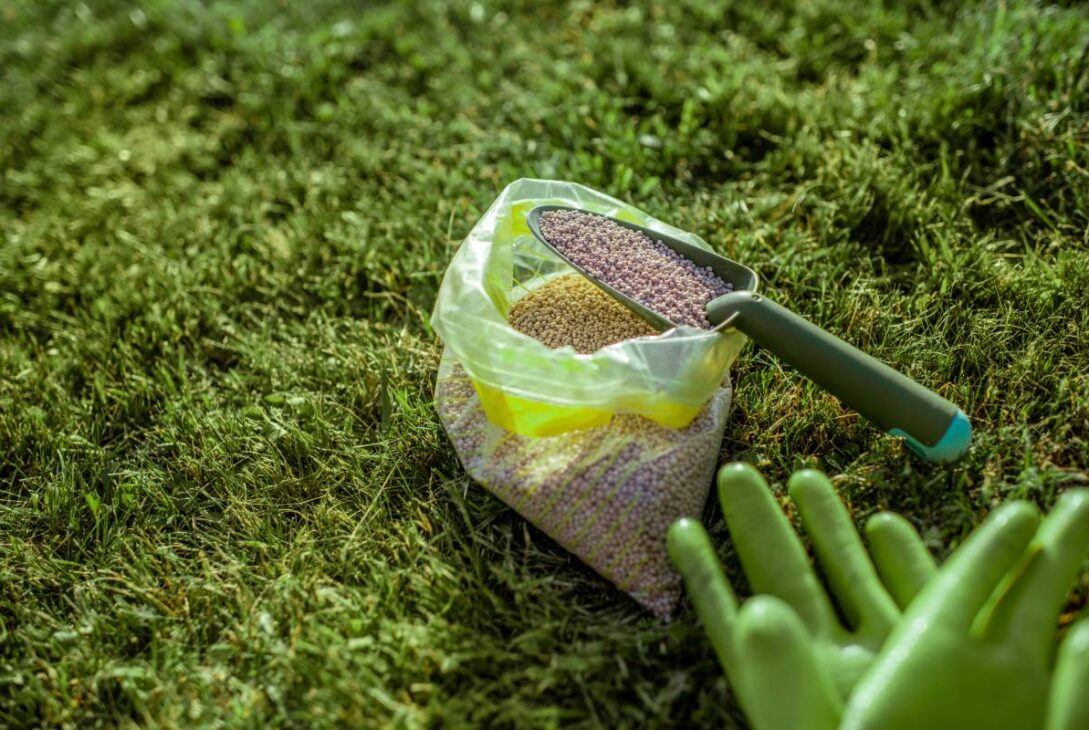Establishing and maintaining a lush, green lawn is a rewarding process, but it requires careful timing and attention to detail. Two of the most important aspects of lawn care are mowing and fertilising. Knowing when to mow new grass and how often to fertilise your lawn can mean the difference between a patchy, stressed yard and a thriving carpet of greenery.
In this comprehensive guide, we’ll explore the best practices for mowing new grass, the timing and frequency of fertilisation, and some professional tips for keeping your lawn in peak condition. Whether you’ve just laid turf or seeded a new lawn, these insights will help you nurture it successfully.
The Importance of Timing in Lawn Care
Timing is everything when it comes to lawn care. Mowing too soon after planting new grass can stunt growth, damage tender blades, or even uproot seedlings. On the other hand, delaying mowing too long can cause the grass to become weak and uneven.
Similarly, fertilising too early or too frequently can burn your grass, while neglecting fertilisation altogether can starve your lawn of the nutrients it needs. Understanding the right schedule for these tasks ensures healthy growth and resilience against pests, weeds, and weather stress.
When to Mow New Grass
1. Assessing Grass Height, Not Just Time
One of the biggest mistakes homeowners make is mowing new grass based on time alone. Instead, the key factor is height. Most lawn experts recommend waiting until new grass reaches at least 7–10 cm in height before mowing for the first time.
Cutting grass before it’s tall enough can stress the plants, as young blades need as much surface area as possible to photosynthesise and grow strong roots.
2. The First Mow
When your lawn reaches that 7–10 cm height, it’s time for the first mow. For the first cut:
- Set your mower to the highest setting so that you only trim the top third of the grass blades.
- Avoid cutting more than one-third of the blade length at any time. Cutting too much at once can shock the plant and hinder root development.
- Ensure the mower blades are sharp, as dull blades will tear the grass instead of cutting it cleanly, making it more vulnerable to disease.
3. After the First Mow
Once the lawn has been mowed the first time, you can gradually lower the mowing height over subsequent cuts. However, always follow the one-third rule to keep your lawn healthy. For example, if your desired lawn height is 5 cm, don’t mow it until it grows to around 7.5 cm, and only cut it back to 5 cm.
4. Mowing Frequency for New Grass
In the early stages, mow every 7–10 days, depending on growth. Grass growth can vary based on weather, watering, and the type of turf. Warm-season grasses such as buffalo, kikuyu, or couch grow more rapidly in spring and summer, requiring more frequent mowing.
How Often to Fertilise Your Lawn
Fertilising is just as critical as mowing. Fertiliser provides essential nutrients like nitrogen (for lush green colour), phosphorus (for strong roots), and potassium (for resilience against stress and disease).
1. Fertilising New Grass
If you’ve recently seeded a lawn or laid new turf, fertilisation must be carefully timed.
- Pre-planting fertiliser: Before laying turf or seeding, apply a starter fertiliser that’s rich in phosphorus to encourage root development.
- Post-planting fertiliser: Around 4–6 weeks after planting, apply a balanced fertiliser to support growth. Avoid applying fertiliser immediately after planting, as this can overwhelm the young grass.
2. Fertilising Established Lawns
Once your lawn is established (generally after three months), fertilisation should follow a seasonal schedule:
- Spring (September–November): This is the most important fertilisation period, as grass wakes up from winter dormancy. Use a nitrogen-rich fertiliser to promote strong, green growth.
- Summer (December–February): Fertilise to support resilience against heat and drought. Slow-release fertilisers are ideal, as they provide nutrients gradually.
- Autumn (March–May): Apply fertiliser to help the grass recover from summer stress and prepare for winter.
- Winter (June–August): In warmer regions where grass continues to grow, a light feed may be beneficial, but in cooler areas, fertilisation is less necessary.
3. How Often Should You Fertilise?
As a general rule, fertilise your lawn every 6–8 weeks during the growing season. However, this can vary depending on your grass type, soil health, and climate. For low-maintenance lawns, feeding 3–4 times a year (spring, early summer, late summer, and autumn) is usually sufficient.
4. Choosing the Right Fertiliser
- Organic fertilisers: These improve soil health and release nutrients gradually.
- Synthetic fertilisers: Provide faster results but should be used with care to avoid burning the grass.
- Liquid fertilisers: Useful for quick green-up but often need more frequent applications.
- Slow-release fertilisers: Ideal for busy homeowners, as they feed the lawn for up to three months.
Tips for Mowing and Fertilising Success
- Water Before and After Fertilising
Watering helps activate fertiliser and ensures nutrients penetrate the soil. Be sure to water lightly after fertilising unless using a liquid formula. - Don’t Fertilise During Drought Stress
Applying fertiliser when the grass is under drought stress can cause damage. Wait until conditions improve and water is available. - Adjust Mowing for the Season
In summer, keeping your grass slightly longer can provide shade to the soil and retain moisture. In cooler months, shorter grass can reduce fungal risks. - Regular Soil Testing
Test your soil every few years to check for nutrient deficiencies. This ensures you’re using the right fertiliser mix for your lawn’s specific needs. - Pair with Proper Lawn Care
Aeration, topdressing, and pest management are essential for a well-rounded lawn care routine.
Common Mistakes to Avoid
- Mowing too early: Cutting new grass before it reaches the recommended height weakens it.
- Scalping: Cutting grass too short stresses the lawn and exposes it to weeds.
- Over-fertilising: More isn’t always better. Over-fertilisation can burn your lawn and cause rapid, unsustainable growth.
- Neglecting seasonal care: Ignoring fertilisation in spring or autumn can leave your lawn weak in summer and winter.
Professional Lawn Care and Turf Supply
Caring for a lawn doesn’t have to be overwhelming. Many homeowners in Sydney and surrounding regions choose to work with professional turf suppliers like A View Turf, who not only provide high-quality turf but also expert advice on maintaining it.
From selecting the right turf variety for your soil and climate to guiding you on mowing and fertilisation schedules, A View Turf ensures your lawn thrives year-round. Whether you’re laying a new lawn or rejuvenating an existing one, professional support can save time, money, and effort in the long run.
Final Thoughts
The key to a lush and healthy lawn lies in understanding the right timing for mowing and fertilisation. For new grass, wait until it reaches 7–10 cm before the first mow, and always follow the one-third rule. When it comes to fertilising, use a starter fertiliser at planting, then follow up with seasonal feeds every 6–8 weeks during active growth.
With proper mowing, fertilising, and consistent care, your lawn will not only look beautiful but also withstand the challenges of weather, pests, and everyday wear. And if you’re unsure where to start, turf specialists like A View Turf Farm in Sydney can guide you every step of the way, from turf selection to aftercare.
A lush green lawn is more than just a patch of grass—it’s the foundation of an inviting, vibrant outdoor space. With the right mowing and fertilisation practices, you’ll be well on your way to enjoying a healthy, resilient, and beautiful lawn year-round.








